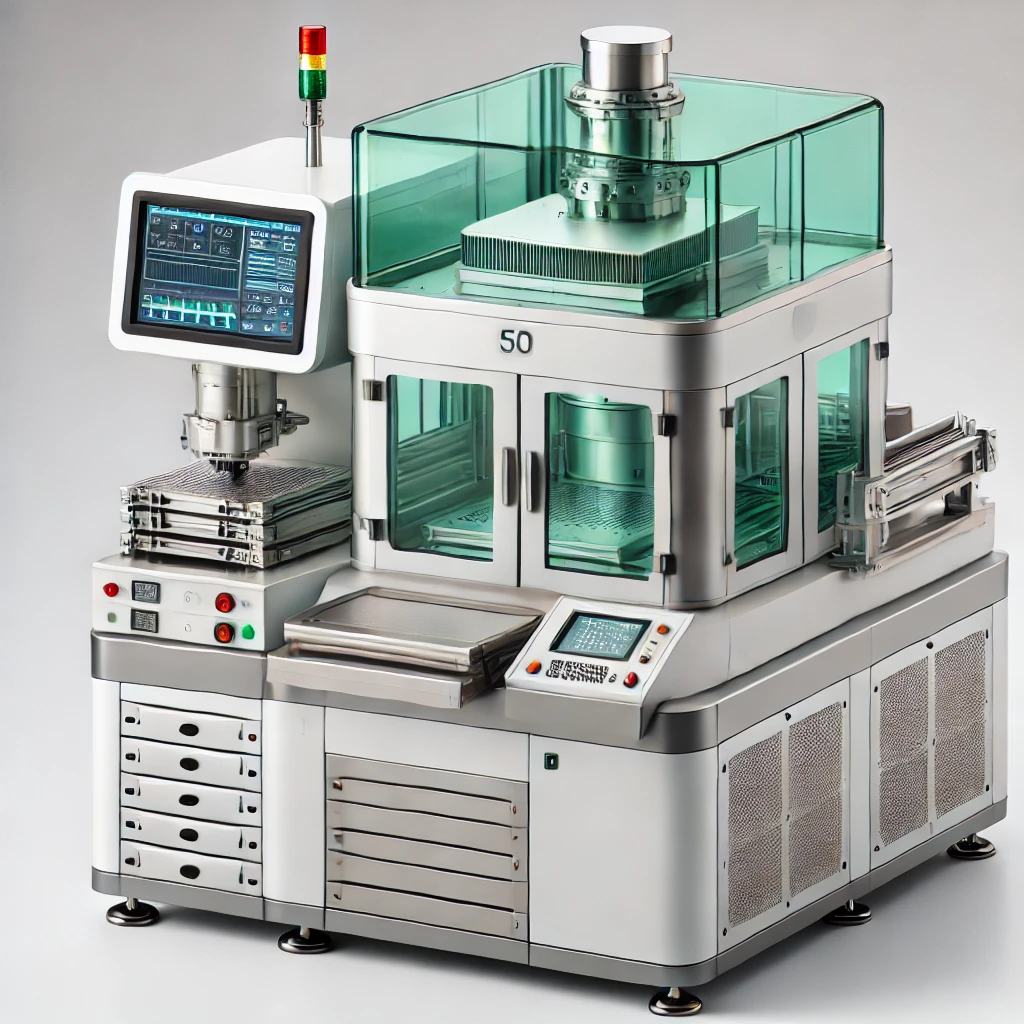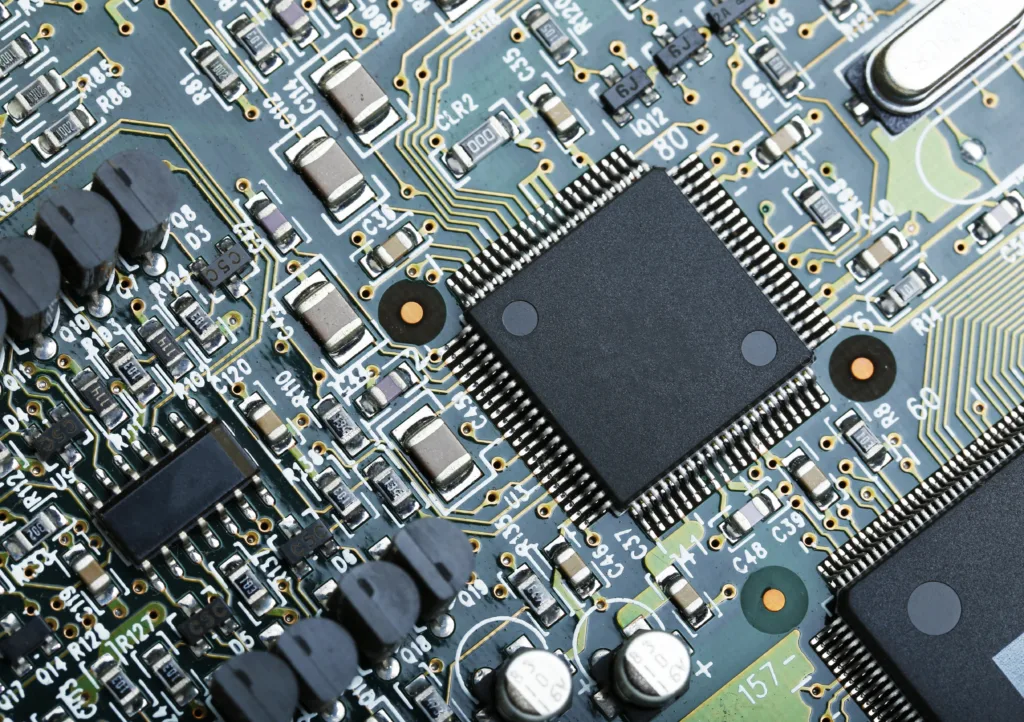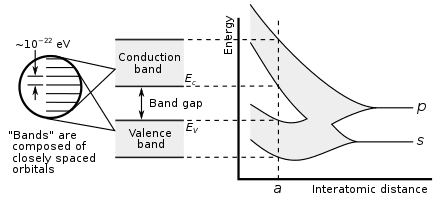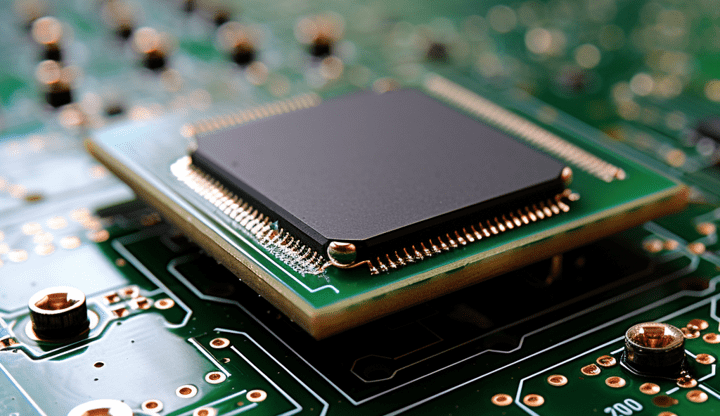
Fluxless TCB vs TCB
As interconnection pitches shrink below 10µm for advanced logic and memory applications, fluxless TCB solves the issues that standard TCB encounters with the flux.
Charge carriers in semiconductors are tiny particles that carry electric charge. They are responsible for the flow of electric current through the semiconductor material. In semiconductors, the charge carriers can be either electrons or positively charged “holes”. When an electric field is applied to a semiconductor, the charge carriers start moving in response to the field. The movement of these charge carriers is what allows electrical signals to be transmitted through the semiconductor, enabling devices like transistors and diodes to function. The behavior and movement of charge carriers in semiconductors are crucial for the operation of various electronic devices that we use every day, such as computers, smartphones, and televisions.
Charge carrier is a term used in semiconductor physics to describe the movement of electric charges within a material. A charge carrier can be either an electron or a hole, which refers to the lack of an electron in the valence band of the semiconductor crystal structure.
The motion of charge carriers through a semiconductor is critical to the operation of many electronic devices and technologies that rely on semiconductors. Here are some examples of applications and industries that utilize charge carriers in semiconductors:
1. Semiconductor Devices: Semiconductors are used in a wide range of electronic devices that depend on the flow of charge carriers. For example, transistors are the basic building blocks of all modern computing devices, including computers, smartphones, and tablets. Transistors work by controlling the flow of charge carriers through a semiconductor to amplify and switch electronic signals.
2. Solar Cells: Solar cells are devices that convert light energy into electrical energy. Photovoltaic cells, which are commonly used in solar panels, rely on the flow of charge carriers through a semiconductor to produce an electric current. When light hits the semiconductor material, it creates an electron hole pair, and the charge carriers are separated by a specially designed structure within the solar cell.
3. Optoelectronics: Optoelectronic devices combine electronics and optics to produce or detect light. Light emitting diodes (LEDs), which are commonly used as indicators in electronic devices and as lighting sources, rely on injection of charge carriers into a p n junction in the semiconductor structure to emit light. On the other hand, photodetectors, such as photodiodes and phototransistors, work by detecting the flow of charge carriers generated by incident light.
4. Power electronics: Power electronics are used to control and convert electric power in a variety of applications, including motor drives, power supplies, and renewable energy systems. Charge carriers play a critical role in the operation of power electronic devices like diodes, thyristors, and MOSFETs.
5. Semiconductor Fabrication: Semiconductors are manufactured through a process known as doping, which involves introduction of impurities into the semiconductor crystal lattice to control the density and mobility of charge carriers. The precise control and manipulation of carriers is crucial in the fabrication of semiconductor devices and integrated circuits.
In all of these applications, understanding the behavior of charge carriers in semiconductors is fundamental to the design and operation of electronic devices and systems.
The concept of charge carriers in semiconductors has been extensively studied and researched since the early 1980s. A charge carrier refers to an electron or a hole that carries an electric charge through a solid material. The understanding of charge carriers has been crucial for the development of semiconductor devices.
In the 1980s, researchers developed various models to explain the behavior of charge carriers in semiconductors. One of the most widely used models is the Drude model, which was proposed in the late 19th century and was refined in the early 20th century. The Drude model describes the behavior of charge carriers in terms of a collision between electrons and ions in the material. The collision results in a net flow of charge carriers in one direction, creating an electric current.
In the 1990s and 2000s, researchers continued to study the behavior of charge carriers. New models were developed, such as the Boltzmann transport equation, which provided a more accurate description of the behavior of charge carriers in semiconductors. The Boltzmann equation takes into account the effect of temperature, scattering, and other factors on charge carrier mobility.
In modern times, charge carriers are a fundamental concept in semiconductor physics and are critical to the operation of electronic devices. The ability to control the behavior of charge carriers has led to the development of countless semiconductor devices, such as transistors, diodes, solar cells, and many more. Ongoing research aims to improve the mobility and efficiency of charge carriers in semiconductors, which will pave the way for new generations of high performance electronic devices.

As interconnection pitches shrink below 10µm for advanced logic and memory applications, fluxless TCB solves the issues that standard TCB encounters with the flux.
The metal pitch refers to the distance between the centers of two adjacent metal interconnect lines on an integrated circuit (IC). Since transistors evolved into 3D strucrures, this measurement has lost significance.

The front-end and back-end are highly interdependent. A constant feedback loop between front and back-end engineers is necessary to improve manufacturing yields.

Built directly into the silicon, through silicon vias (TSV) facilitate 3D IC integration and allow for more compact packaging. They have become the default solution to interconnect different chip layers or to stack chips vertically.

Silicon carbide (SiC) is used in electric vehicles due to its wide bandgap and great thermal conductivity. Gallium nitride (GaN) shares many characteristics with SiC while also minimizing RF noise.

GPU vs CPU is a parallelization vs complexity dilemma. While GPUs can manage very large parallel calculations, they struggle with linear, more heterogeneous tasks, where CPUs excel.